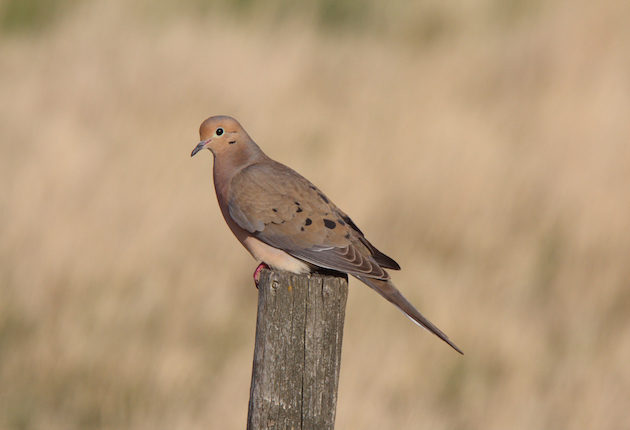The ritual began again a couple of days ago. Hunting season is approaching, though it’s still unmercifully hot in Northeast Georgia. I know it’s coming because the calendar said it was time to start my annual dove field search. That’s the traditional beginning of the “season of good things.”
It’s not as simple as it might seem, because I have to find room for all the guys from the Sporting Classics office in Columbia. We’ve developed a special little tradition of our own, and gather here in my neck of the woods to celebrate with friends, both old and new. Most of them live close to our office in South Carolina. That’s a two- or three-hour drive from here, and I want to find a good field so it’ll be worth the trip.
Anyway, I was making my rounds, one by-one checking off my list of 30 or 40 likely places, when I got to thinking about how hard the simple act of shooting a dove is. Depending on who’s doing the talking, the average shooter expends somewhere between five and ten shells for every dove he bags. That may be music to the ears of shotshell manufacturers, but it ain’t very satisfying to the shooter.
The funny thing about it is that the vast bulk of misses on doves are from two simple causes. Fully half of all misses that I see in the dove fields are simply because the shooter doesn’t have a realistic idea of how far his gun will reach, or the inverse—he doesn’t have a realistic idea of how far away the birds are. The result is that he shoots at birds that are too far or too high for him to reach.
Sometime when you have a spare minute in the field, stop and watch the shooters around you. Fully half of their shots are from 50 to 100 yards from the muzzle. That’s simply too far! Doves are very small birds, and regardless of your gun and load, you can’t reliably bring them down past 50 yards. Most shotguns are finished by 40 yards, and if you are shooting fairly open chokes, you may only have 30 or 35 yards of reliable range on the tiny rockets.
If you want to improve your average dramatically on doves, know your gun and set out markers at its maximum reliable range. Don’t shoot at doves beyond your markers. Then work at passing all shots higher than that. You’ll be amazed at the difference in your birds-per-shell average.
Of the remaining 50 percent of all misses on doves, at least half of those are simply behind the target. When I was a youngster, the best dove shooter I ever knew gave me a little pearl of wisdom: “Ya gotta remember, it’s darn-near impossible to shoot too far in front of a dove.”
Just try it. If you’re having trouble and you know they’re in range, try shooting “too far” in front of them. If that doesn’t work, hold a little farther in front until it starts working.
Just do those two things and you’ll eliminate three-fourths of your misses. No kidding!

